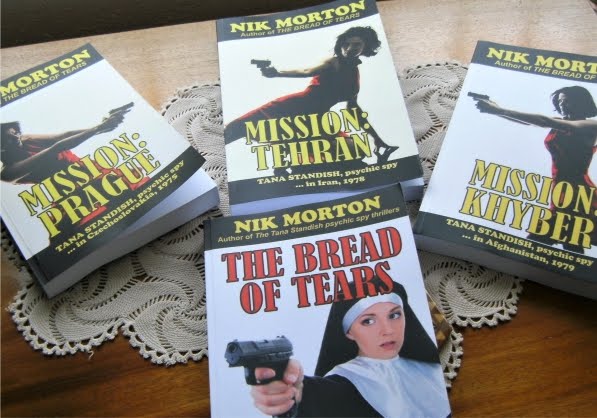
LONG SHADOWS
Terry James
Our first introduction to Ros West is memorable as she sells her horse. We want to know more about her and her predicament. But before that, we – and Ros – are drawn into a fight to rescue an apparent stranger, Jake Rudd from a beating. Ros has a strong sense of justice – and a missing memory.
As she teams up with Jake, she learns that they were lovers some time before she mislaid her past. However, as she has no memory of him and doesn’t particularly trust the man, she has no intention of sharing a bed with him again. People have been trying to kill her for a long time, and she doesn’t know why; neither does Rudd, who has the knack of ‘deliberately lighting a fuse under trouble.’
Big honcho Swain wants things his way and hires guns to ensure it happens. He’s not averse to killing, either. As events grow more tense, glimmers of memory return to Ros. ‘Being home was like opening an old wound. … Rudd … was the salt being rubbed into it.’
As well as being feisty, tough and independent, Ros has a sense of humour too. ‘Beats me how I hurt my hand when I stopped the fall with my face.’
Good characterisation, plenty of action and an unfolding mystery – all bound to provide reader enjoyment.





























